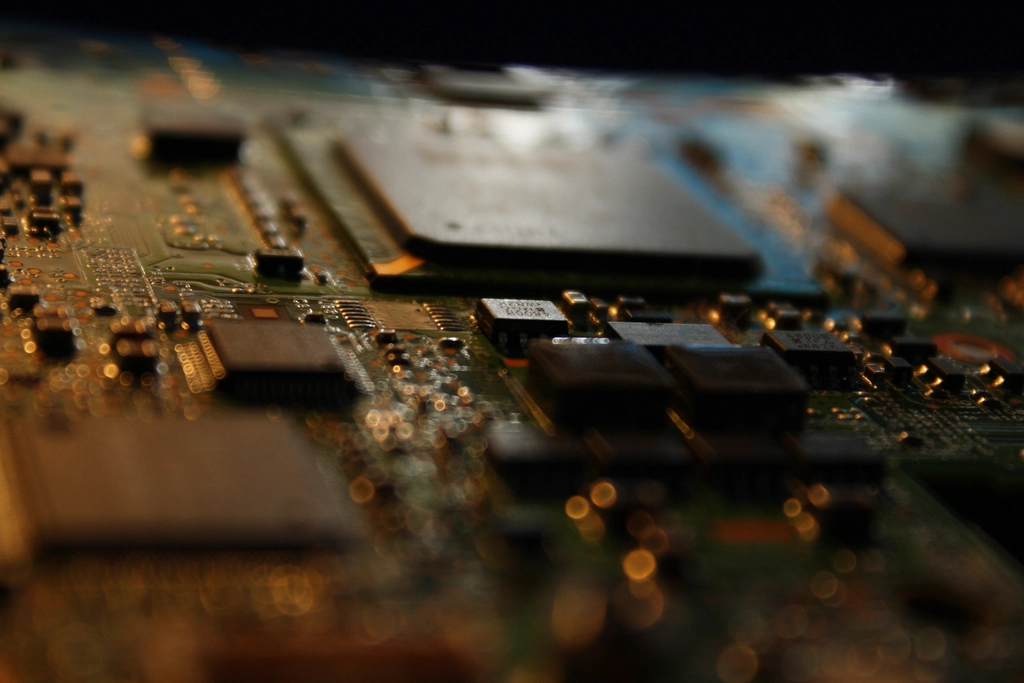AI in Film and Animation: Creating Characters and Scenes
The film and animation industry has always been at the forefront of technological innovation, constantly seeking new ways to captivate audiences and tell compelling stories. In recent years, artificial intelligence (AI) has emerged as a powerful tool in this domain, revolutionising how filmmakers create realistic computer-generated imagery (CGI) characters, breathtaking landscapes, and even entire short films. This article delves into the transformative role of AI in film and animation, exploring its current applications, the technologies driving these innovations, and the future potential of AI-driven storytelling.
The Rise of AI in Film and Animation
AI’s integration into film and animation is not merely a trend but a fundamental shift in how visual media is produced. The technology offers filmmakers unprecedented capabilities to enhance creativity, streamline production processes, and reduce costs. From automating tedious tasks to generating hyper-realistic CGI, AI is reshaping the creative landscape.
Leveraging AI for CGI Characters


Creating realistic CGI characters is a complex and resource-intensive process traditionally requiring skilled artists and significant time investment. AI technologies, particularly deep learning algorithms, have transformed this process by enabling the rapid generation of lifelike characters with intricate details such as skin textures, hair, and facial expressions.
Deep Learning and Character Creation
Deep learning models, such as Generative Adversarial Networks (GANs), have proven especially effective in generating realistic characters. GANs consist of two neural networks—the generator and the discriminator—that work in tandem to create images that closely mimic real human features. This technology allows for the creation of characters that can express a wide range of emotions, providing filmmakers with versatile digital actors.
A notable example is the development of virtual actors that can perform alongside human counterparts. These virtual performers are not confined by physical limitations, allowing for innovative storytelling possibilities. The 2019 film “The Lion King” exemplifies this, where AI techniques were used extensively to create photorealistic animal characters, blending seamlessly with live-action elements.
AI-Driven Landscape Generation
Creating vast, detailed landscapes is another area where AI is making significant strides. Traditional methods of landscape design involve extensive manual labour, but AI can automate much of this process, generating expansive environments with minimal human intervention.
Procedural Generation and Neural Networks
Procedural generation, combined with neural networks, enables the creation of diverse landscapes that can adapt to various storytelling needs. AI can produce landscapes that evolve over time, responding dynamically to narrative developments. This capability is particularly beneficial in animated films and video games, where environments play a crucial role in storytelling.
For instance, AI-generated landscapes in video games like “No Man’s Sky” offer players an infinite universe to explore, each planet featuring unique terrains and ecosystems. In film, such technologies can be used to craft otherworldly environments, enriching the visual experience and immersing audiences in fantastical worlds.
AI in Short Film Production
AI’s capabilities extend beyond character and landscape creation to the production of entire short films. This involves using AI for scripting, storyboarding, animation, and even directing—ushering in a new era of autonomous filmmaking.
Automating the Creative Process
AI-driven tools can analyse vast datasets of existing films to identify successful storytelling patterns, which can then be used to generate scripts and storyboards. These tools can also assist in editing by selecting and arranging scenes to optimise narrative flow.
One prominent example is the short film “Sunspring,” written entirely by an AI language model. While the film’s narrative may not rival human-authored scripts yet, it demonstrates AI’s potential to contribute creatively to film production. As AI technology advances, its role in storytelling will likely become more sophisticated, offering filmmakers new avenues for innovation.
The Technologies Powering AI in Film and Animation
The integration of AI into film and animation is driven by several key technologies, each contributing uniquely to the creative process.
Machine Learning and Deep Learning
Machine learning and deep learning are at the core of AI’s capabilities in film and animation. These technologies enable the analysis of large datasets to identify patterns and generate new content. Deep learning models, such as GANs and convolutional neural networks (CNNs), are particularly effective in creating detailed visuals and animations.
Natural Language Processing (NLP)
NLP plays a crucial role in scriptwriting and dialogue generation, allowing AI to understand and generate human-like text. This technology is essential for creating scripts and ensuring that AI-generated characters can engage in realistic conversations.
Computer Vision
Computer vision is vital for animating CGI characters and integrating them into live-action scenes. It allows AI to understand spatial relationships and object dynamics, ensuring that digital elements interact naturally with their real-world counterparts.
Implications for the Film and Animation Industry
The adoption of AI in film and animation presents both opportunities and challenges for the industry. While AI offers significant benefits, it also raises important questions about the future of creative work.
Advantages of AI Integration
- Cost Efficiency: By automating labour-intensive processes, AI reduces production costs, making high-quality visual effects more accessible to independent filmmakers and smaller studios.

- Creative Possibilities: AI expands the creative toolkit available to filmmakers, enabling the creation of unique narratives and visuals that were previously unimaginable.
- Increased Productivity: Automation of repetitive tasks allows artists and filmmakers to focus on higher-level creative decisions, improving overall productivity.
Challenges and Ethical Considerations
- Job Displacement: As AI automates more aspects of film production, there is a risk of job displacement for traditional animators and visual effects artists. The industry must address this challenge by reskilling workers and finding new roles that leverage human creativity alongside AI.
-
Creative Authenticity: The increasing use of AI-generated content raises questions about the authenticity of creative works. Filmmakers and audiences alike must consider the artistic value of AI-driven productions.
-
Intellectual Property: As AI generates new content, issues surrounding intellectual property rights become more complex. Clear guidelines and legal frameworks are needed to protect creators’ rights and ensure fair use of AI-generated assets.
Actionable Insights for Filmmakers
As AI continues to evolve, filmmakers must adapt to harness its full potential. Here are some actionable insights for those looking to integrate AI into their creative processes:
- Stay Informed: Keep abreast of the latest AI technologies and trends in film and animation. Attending industry conferences and engaging with AI research communities can provide valuable insights.
-
Experiment with AI Tools: Explore AI-driven software and platforms to understand their capabilities. Experimentation can lead to innovative applications and new creative possibilities.
-
Collaborate with AI Experts: Partner with AI researchers and developers to leverage their expertise in integrating AI into film projects. Collaborative efforts can yield more effective and innovative results.
-
Embrace Continuous Learning: Invest in continuous learning and skills development to stay competitive in an AI-driven industry. Online courses and workshops can help filmmakers acquire new skills and adapt to changing technologies.
Conclusion
AI is revolutionising the film and animation industry, offering new tools and techniques that enhance creativity, streamline production, and captivate audiences. While challenges exist, the potential benefits of AI integration far outweigh the drawbacks. As technology advances, filmmakers who embrace AI will be well-positioned to lead the industry into a new era of storytelling, where the boundaries of imagination are limited only by the scope of AI’s capabilities.


